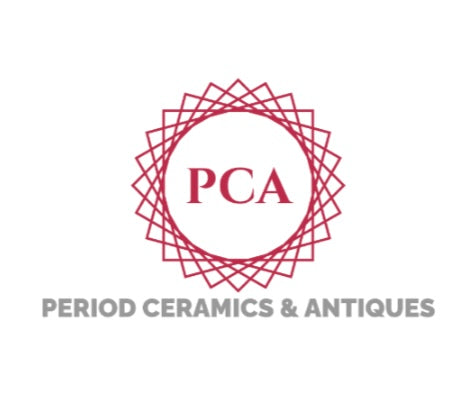The porcelain coffee can was one of the first period ceramic items to be produced at the predecessor of the Sèvres factory, Vincennes. It is thought to have been produced in the late 1740s. Drawings of a design dating from 1753 survive.
The can was produced in five sizes. They varied considerably in size; the smallest was 3.2 to 3.5 cm in height, the largest 7.3 to 7.7!
There were various handle shapes. The well-regarded academic, Rosalind Savill, has identified seven, in total. There are four different Sèvres porcelain handle shapes on the pieces in the Wallace Collection and three different varieties in the Royal Collection of period ceramics.
Most cans were bought as part of breakfast or cabaret sets, but they were also sold singly. The absence of a saucer (soucoupe) does not, accordingly, mean that the piece originally came with such item. Sales of these extravagant, but beautiful, pieces increased markedly as Christmas approached. They were, of course, eminently suitable as gifts, but one would have needed very deep pockets!
A bewildering variety of such pieces was produced. It being Sèvres, nearly all were superbly and extravagantly decorated.
We have a variety of Sèvres cans for sale. Do enquire if you think that one of them might be of interest. We have illustrated an example.

